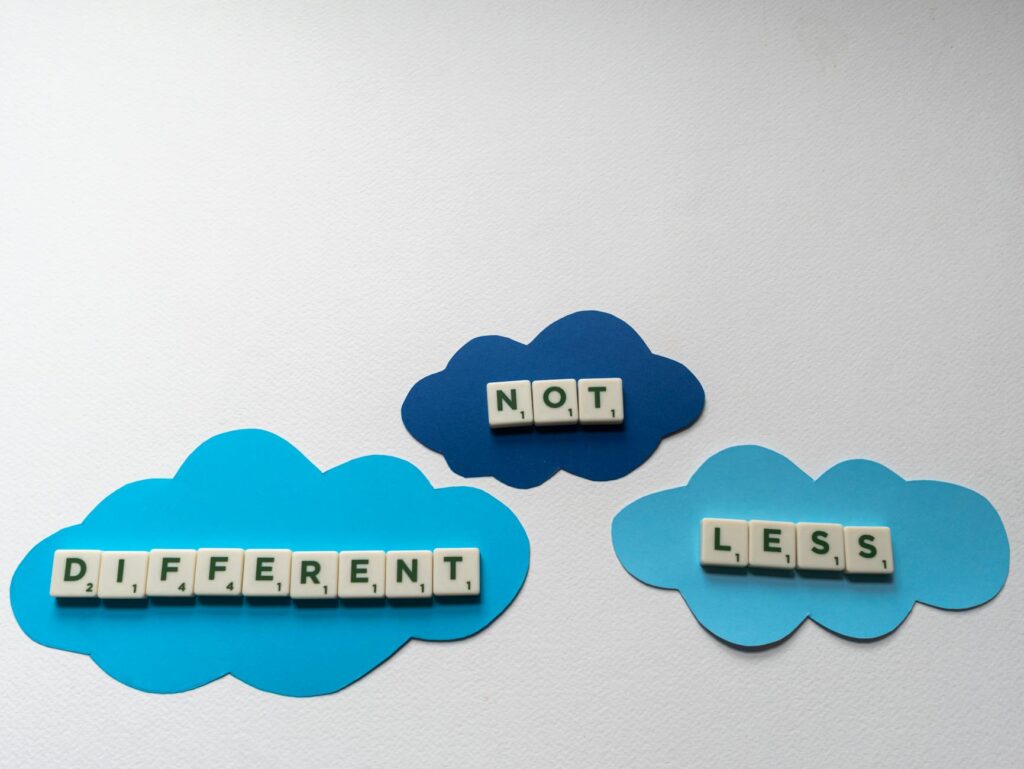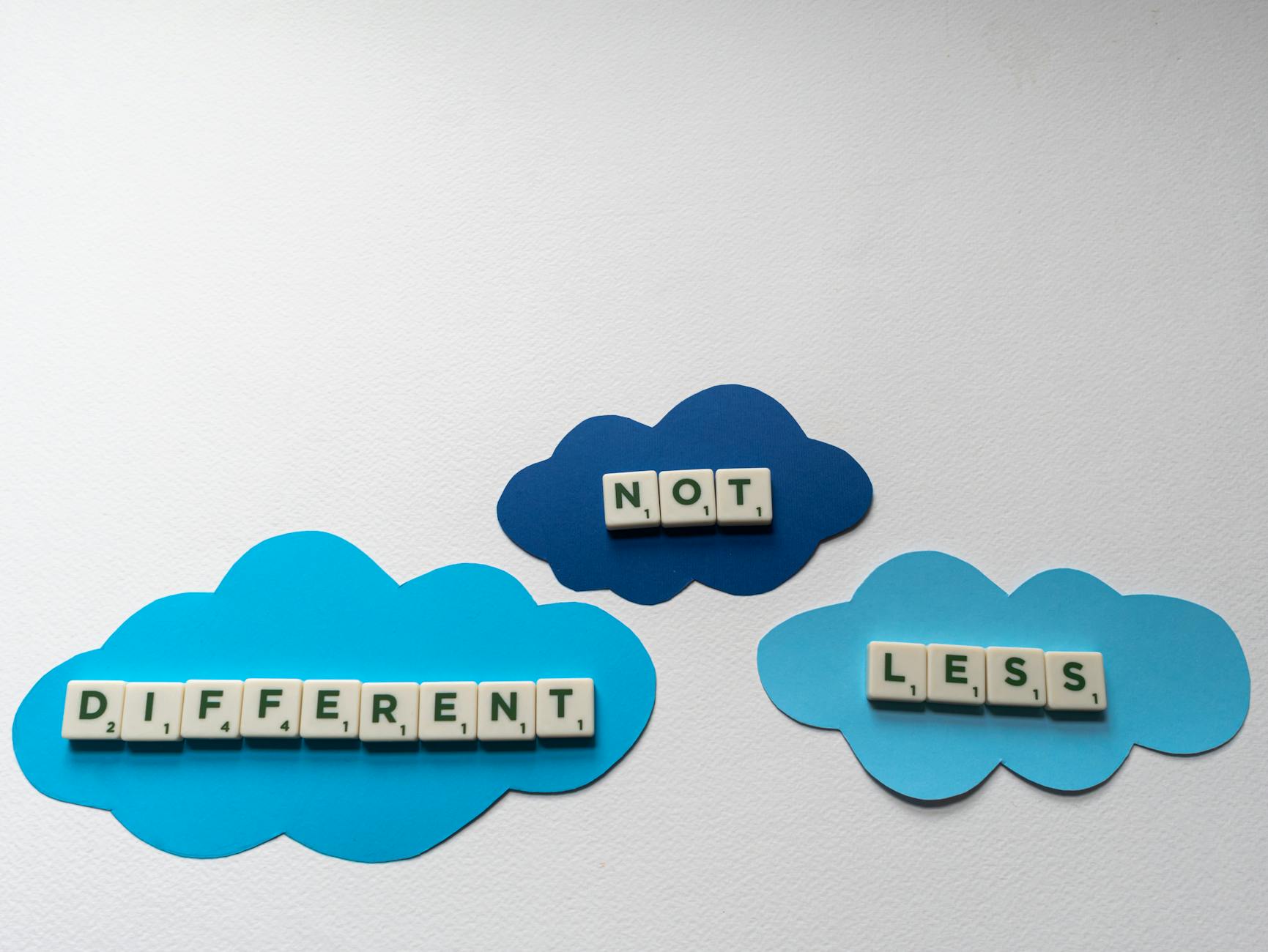What is neurological differences?

What is neurological differences?
Understanding neurological differences is crucial as we navigate a world that thrives on diversity. These differences shape our thinking, behavior, and interactions. Without acknowledging and embracing these variations, we risk missing out on the richness they bring to our lives.
Introduction to Neurological Differences
Neurological differences refer to the diverse ways in which people’s brains function and process information. This includes various conditions such as ADHD, autism spectrum disorder, dyslexia, and more. Each of these conditions influences how individuals interact with the world, making it essential for everyone to recognize and appreciate these variations.
You might ask, “Why does this matter?” Understanding neurological differences can lead to more inclusive environments, enhance personal relationships, and improve workplaces. The conversation around neurodiversity is changing, and it’s time to explore its significance.
Understanding Neurological Differences
At its core, neurological differences encompass a spectrum of cognitive styles and behavioral tendencies. These differences are often seen as part of the neurodiversity movement, which emphasizes that variations in brain function are natural and valuable. They matter for personal and social reasons, as recognizing these differences can lead to greater acceptance and support systems for those affected.
Neurological differences don’t indicate deficits; instead, they highlight variations that can enhance creativity, problem-solving, and innovation. For instance, individuals with autism might excel in detail-oriented tasks, while those with ADHD may demonstrate exceptional creativity.

Photo by Polina Kovaleva
Types of Neurological Differences
There’s a range of neurological differences, each unique in its characteristics. Common types include:
-
Attention Deficit Hyperactivity Disorder (ADHD): This condition affects focus and impulse control. Individuals may struggle with paying attention or staying still but can also demonstrate high energy and creativity.
-
Autism Spectrum Disorder (ASD): ASD involves varying degrees of challenges in communication and social interaction. Many people with autism have exceptional skills in specific areas, such as mathematics or art.
-
Dyslexia: This learning disability primarily affects reading and language processing. Those with dyslexia often excel in creative thinking and problem-solving.
-
Dyspraxia: Sometimes referred to as developmental coordination disorder, this condition impacts physical coordination and motor skills.
Understanding these types can help in supporting individuals effectively, allowing their strengths to shine.
Common Myths and Misconceptions
Despite growing awareness, myths about neurological differences persist. Let’s debunk a few:
-
Myth #1: Neurological differences are the same as mental illnesses.
Reality: While some conditions may co-occur, neurological differences are not classified as mental illnesses. They represent variations in brain function. -
Myth #2: People with ADHD or autism can’t succeed academically or professionally.
Reality: Many individuals with these conditions thrive in various fields, often bringing unique perspectives and skills to the table. -
Myth #3: Neurological differences are rare.
Reality: These differences are more common than you might think, affecting a significant portion of the population.
Understanding these misconceptions is vital in fostering acceptance and dismantling stigma.
Impact of Neurological Differences on Daily Life
Neurological differences can affect numerous aspects of life, including education, work, and personal relationships. Each area presents its own challenges and opportunities for individuals.
Challenges Faced by Individuals
For many, navigating traditional settings can be daunting. In educational environments, individuals might struggle with standard teaching methods that don’t accommodate their learning styles. For example, someone with dyslexia may find reading assignments overwhelming, while a person with ADHD might have difficulty staying focused during lectures.
In the workplace, these challenges can manifest in various ways. For instance, an employee with autism may face difficulties with social interactions, impacting teamwork and collaboration. Recognizing these challenges is the first step toward creating supportive environments.
Strategies for Support and Accommodation
Implementing practical strategies can significantly enhance the experiences of individuals with neurological differences. Here are some effective approaches:
-
Tailored Learning Approaches: In schools, use a variety of teaching methods to cater to diverse learning styles. Visual aids, hands-on projects, and technology can help accommodate different needs.
-
Flexible Work Environments: Allow for flexible work hours and remote options. This can help individuals manage their energy levels and work in environments that suit them best.
-
Open Communication: Encourage open discussions about needs and accommodations. This creates a supportive atmosphere where individuals feel comfortable expressing their challenges.
By implementing these strategies, we can create settings that empower individuals with neurological differences to thrive.
The Importance of Acceptance and Inclusion
Fostering an inclusive environment for individuals with neurological differences is crucial for societal growth. When we embrace diversity, everyone benefits.
Benefits of Inclusion in Society
Accepting neurological differences can lead to a more innovative society. Diverse perspectives often drive creativity and problem-solving. When individuals from various backgrounds collaborate, they are more likely to develop unique solutions to complex problems.
Moreover, inclusive practices can enhance overall well-being. Acceptance reduces stigma, allowing individuals to feel valued and understood. This, in turn, fosters a healthier community.
Personal Development and Understanding
Understanding neurological differences can also aid in our personal growth. By embracing diversity, we learn patience, empathy, and adaptability. These qualities not only improve our relationships with others but also enhance our ability to work effectively in teams.
Consider how you interact with those who have neurological differences. Reflecting on our biases and preconceived notions can lead to personal development and a more compassionate society.
Conclusion
Neurological differences are an integral part of the human experience. Recognizing and understanding these variations can lead to more inclusive environments, improved relationships, and enhanced innovation. By embracing neurodiversity, we can foster a society that values every individual for their unique contributions.
It’s essential to continue learning about neurological differences, challenge misconceptions, and advocate for acceptance. Together, we can create a world where everyone thrives, regardless of how their brain works.